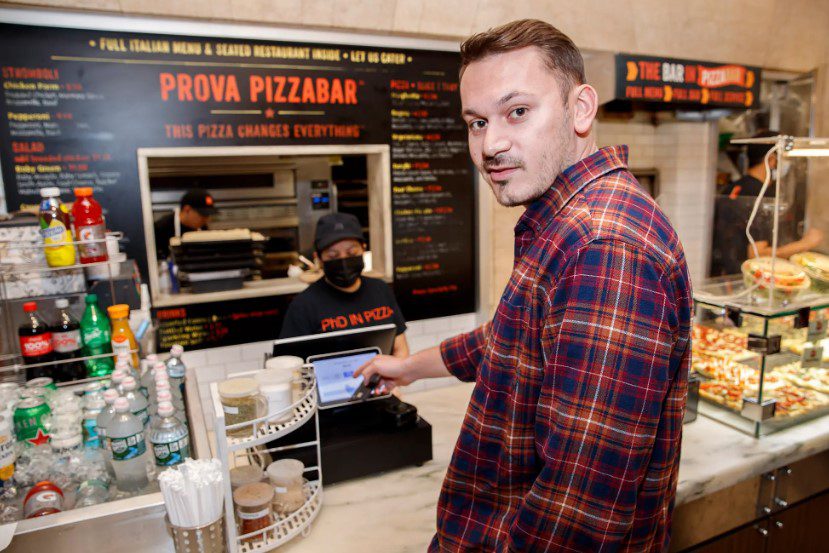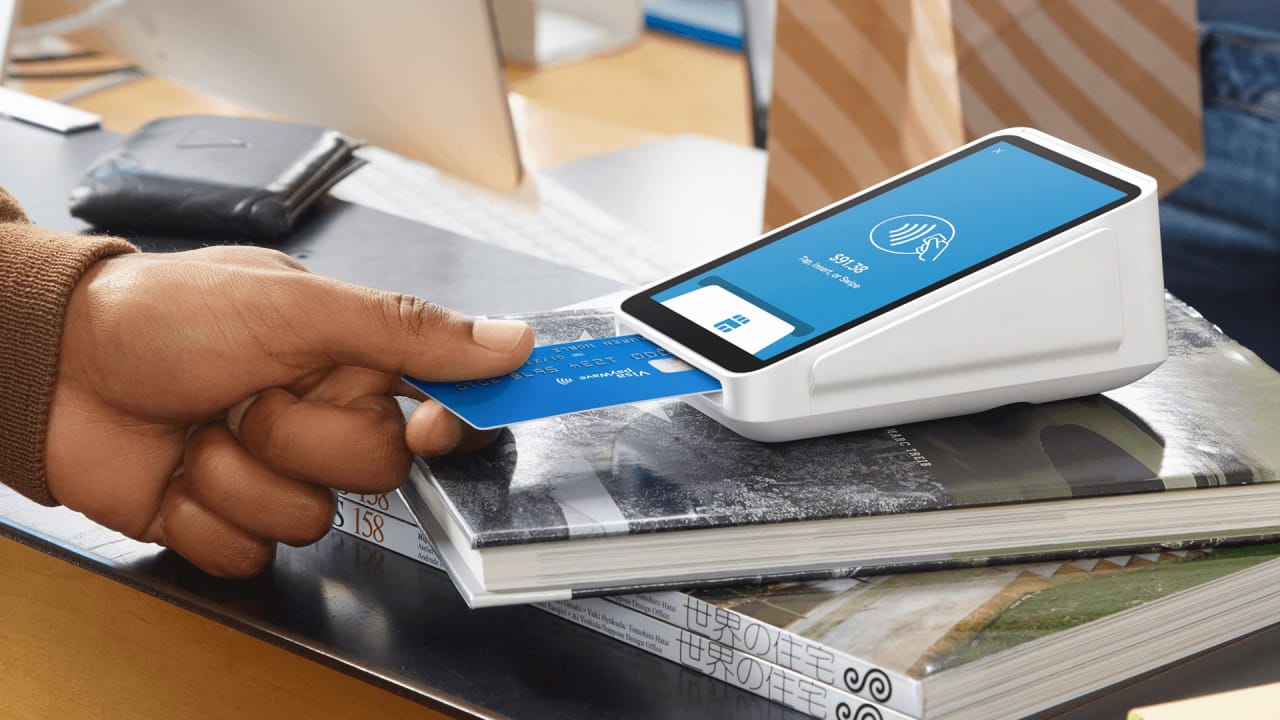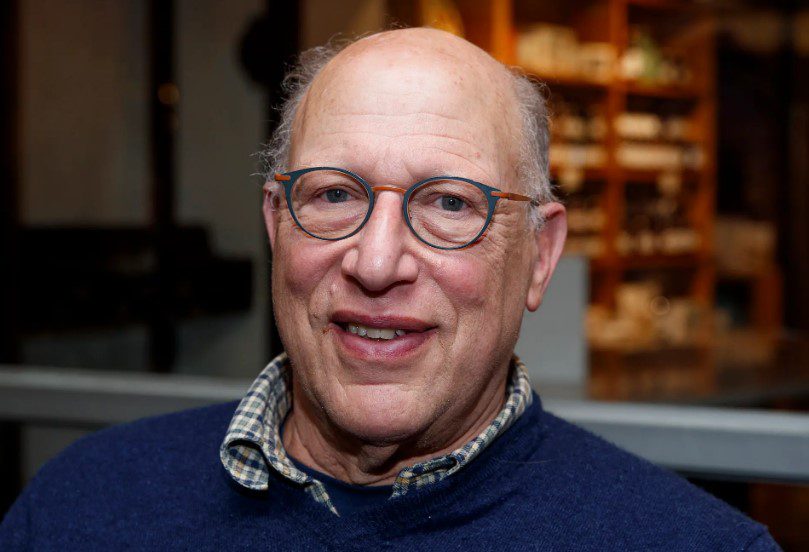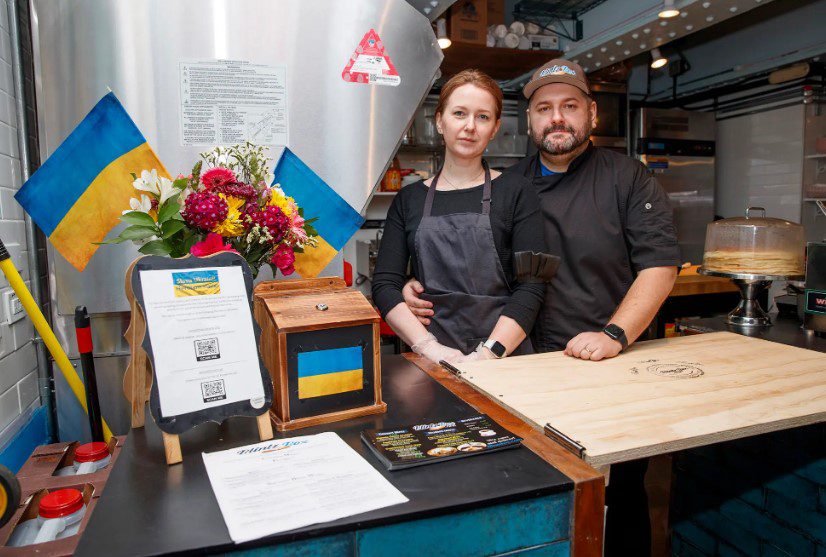Pizzerias, coffee shops, fast food joints, and other places that offer quick service all accept payments via tablet these days, but the devices are quick to ask if you want to add a healthy gratuity to your order. When they grab and-go, patrons are often prompted to leave a tip via touchscreen, with amounts typically ranging from 18 to 30 percent.
It is not uncommon for prompts to be used instead of the traditional tip jar, raising the stakes from the usual $1 or so. However, customers are increasingly being urged to leave tips in unexpected places, such as when they wait in line at Five Guys for their burgers and fries. Gratuity gauging has become commonplace, and they’re not happy about it. Jared Goodman, a 26-year-old recruiter who lives in Brooklyn, said:
I was somewhere spending $23 on just coffee and pastries and the suggested tip was another $8 and I simply said no way. I’ll give a dollar or so as a custom tip amount, but let’s have a reality check here. Recently I got a quick bite with my girlfriend and the suggested tip amounts were 25, 35, and even 40%. That’s just insane.

Her generosity isn’t really from the heart despite her regular tipping on everything from coffee to baked goods, according to Upper East Side consultant Helen Suskin. Despite the fact that there is no additional service provided when ordering at a counter, she still feels obligated to leave a tip and you can call that guilt tipping.
Others, on the other hand, insist that they will not succumb to the machines.
“I don’t tip people who just are doing their jobs by doing counter work,” Chelsea resident Stanley Vogel said, adding that he always tips servers at full-service restaurants. But, “like in a bakery, if they’re just giving me a loaf of bread, I’m not gonna tip ’em for that … I never tip people who are counter people that just bring me something I can get myself.”
Tipping is a common practice in New York City restaurants, where servers are often paid less than minimum wage, and patrons are expected to reward their hard work. The minimum wage for “fast food” workers, which includes baristas and cashiers, is $15 an hour.
Electronic tips can be distributed in a variety of ways using Square, a popular electronic payment system. Tipping can either be done per transaction (i.e. a $5 tip would yield $1 for five eligible workers) or based on the number of hours worked and given directly to the person who processed the transaction.

Nobody knows exactly where counter-service tips go, unlike in the old days, when you could hand a 10-spot directly to your server.
Four Five Guys restaurants we’re contacted by Post to learn how gratuities are distributed amongst the staff. There were two managers who said they were “not sure exactly how” while the other two refused to answer.
“I’m skeptical of the whole thing,” said former busboy Bryan Reilly, 24, of Massapequa, Long Island. “It feels like it’s becoming my responsibility to make up for their workers being paid so little. This ‘tip everywhere’ thing is getting extremely out of hand.”
Vogel and his friend, “A Nightmare on Elm Street 2: Freddy’s Revenge” director Jack Sholder, feel entitled to skip the tip because of the new tipping demands. Despite this, they claim that technology makes it difficult. Sholder said,
I used to go to this butcher shop all the time and I never tipped in the jar. I was friendly with all the guys — but I never tipped. Now it comes up [digitally] and it feels like, ‘Oh, he’s a cheapskate, he didn’t tip.’ It puts pressure on me so I really don’t like it, I feel it should be more voluntary.

Even the tiniest gratuity can have an impact, according to experts.
“My suggestion is you do leave a tip, even if it’s small, at least it’s something,” said etiquette expert and author Jacqueline Whitmore, adding that she typically leaves a 10 to 15% gratuity for takeout services and suggests others give at least 10%. “The bottom line is this. Tipping is good karma … it’s never mandatory, but it’s customary.”
According to a Popmenu report from December, many New Yorkers voluntarily tip 25 percent. Despite any kvetching.
Sam and Nataliya Ilyayev, the 37- and 35-year-old owners of Ukrainian food stand Blintz Box in the Columbus Circle marketplace, greatly appreciate that widespread support.

“People have been very generous [with tipping]. We opened four months ago just as Omicron was hitting,” Sam said from behind the register.
“Personally, I view that the tipping culture where we live has become part of the norm to the point where people don’t view it as any sort of pressure,” he added. “Whether you want to do it or not is completely up to the patron.”
It is estimated that 20% of customers prefer to leave a traditional tip in addition to the touchscreen, which the husband-and-wife team keeps on hand. As a result, the Ilyayevs have set up a separate collection fund—via cash and a QR code, of course—that goes directly to Ukraine-related charities from their small, takeout-only shop.
“We’ve reached about $250 in the past two or three weeks,” Sam said.
